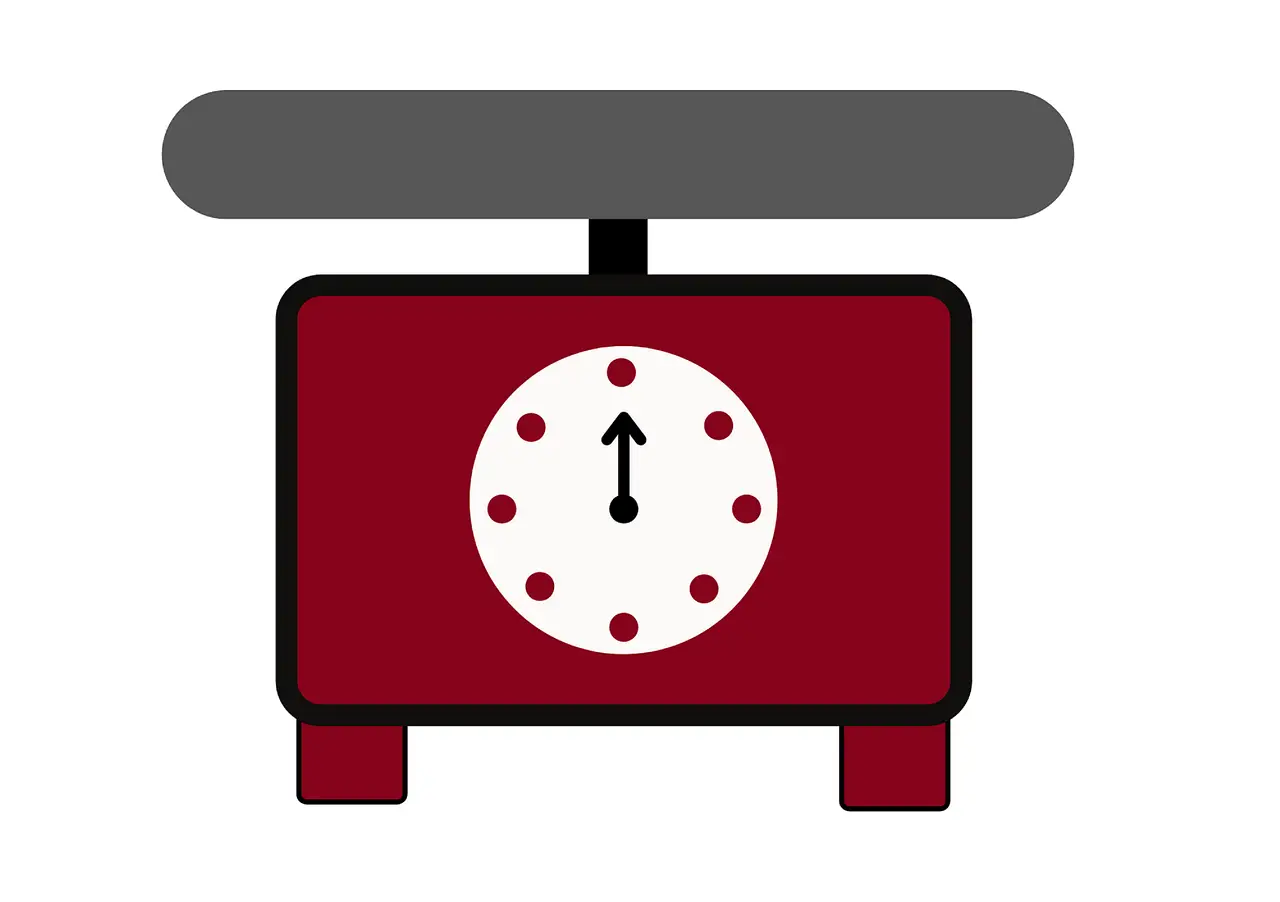No, dart weight does not include flights. The weight of a dart only refers to the actual dart itself, not any additional parts or accessories. So if you’re wondering how much your dart weighs, simply weigh the dart itself and don’t worry about the flights!
The weight of a dart is the total weight of the dart, including the barrel, shaft, and point. The weight of a dart can range from 16 grams to 50 grams. The most common dart weights are 18 grams, 20 grams, 22 grams, and 24 grams. The weight of a dart you choose is a matter of personal preference. Some people prefer heavier darts because they feel like they have more control over them. Others prefer lighter darts because they feel like they can throw them faster and with more accuracy. ultimately, it’s up to you to decide what weight dart is best for you!
Is dart weight just the barrel?
No, dart weight is not just the barrel. The weight of a dart includes the barrel, shaft, and point.
What dart weight do pros use?
There is no one dart weight that all pros use. The weight of a dart is a matter of personal preference, and pros will use different weights depending on their own style and preferences. Some pros may use lighter darts because they feel like they can throw them faster and with more accuracy. Others may prefer heavier darts because they feel like they have more control over them. Ultimately, it’s up to each individual pro to decide what dart weight is best for them!
Why do pro darts players use light darts?
Some pro dart players use light darts because they feel like they can throw them faster and with more accuracy. Others may prefer heavier darts because they feel like they have more control over them.
Do heavier darts go straighter?
There is no definitive answer to this question. Some people believe that heavier darts go straighter because they have more mass and therefore more momentum. Others believe that lighter darts are more accurate because they are easier to control.
Dart weight for beginners
If you’re just starting out, we recommend choosing a dart weight that is comfortable for you to throw. 18 grams is a good starting point, but ultimately it’s up to you to decide what dart weight is best for you!
How do I know if a dart is too light or too heavy?
The best way to figure out if a dart is too light or too heavy for you is to simply pick it up and throw it. If the dart feels comfortable in your hand and you’re able to throw it with accuracy, then it’s probably a good weight for you. However, if the dart feels awkward or difficult to control, then it’s probably not the right weight for you. experimentation is key when finding the perfect dart weight for you!
There is no one dart weight that is perfect for everyone. The weight of a dart is a matter of personal preference, and what works for one person may not work for another. The best way to find the perfect dart weight for you is to experiment with different weights and see what feels comfortable and accurate for you. Ultimately, it’s up to you to decide what dart weight is best for you!


